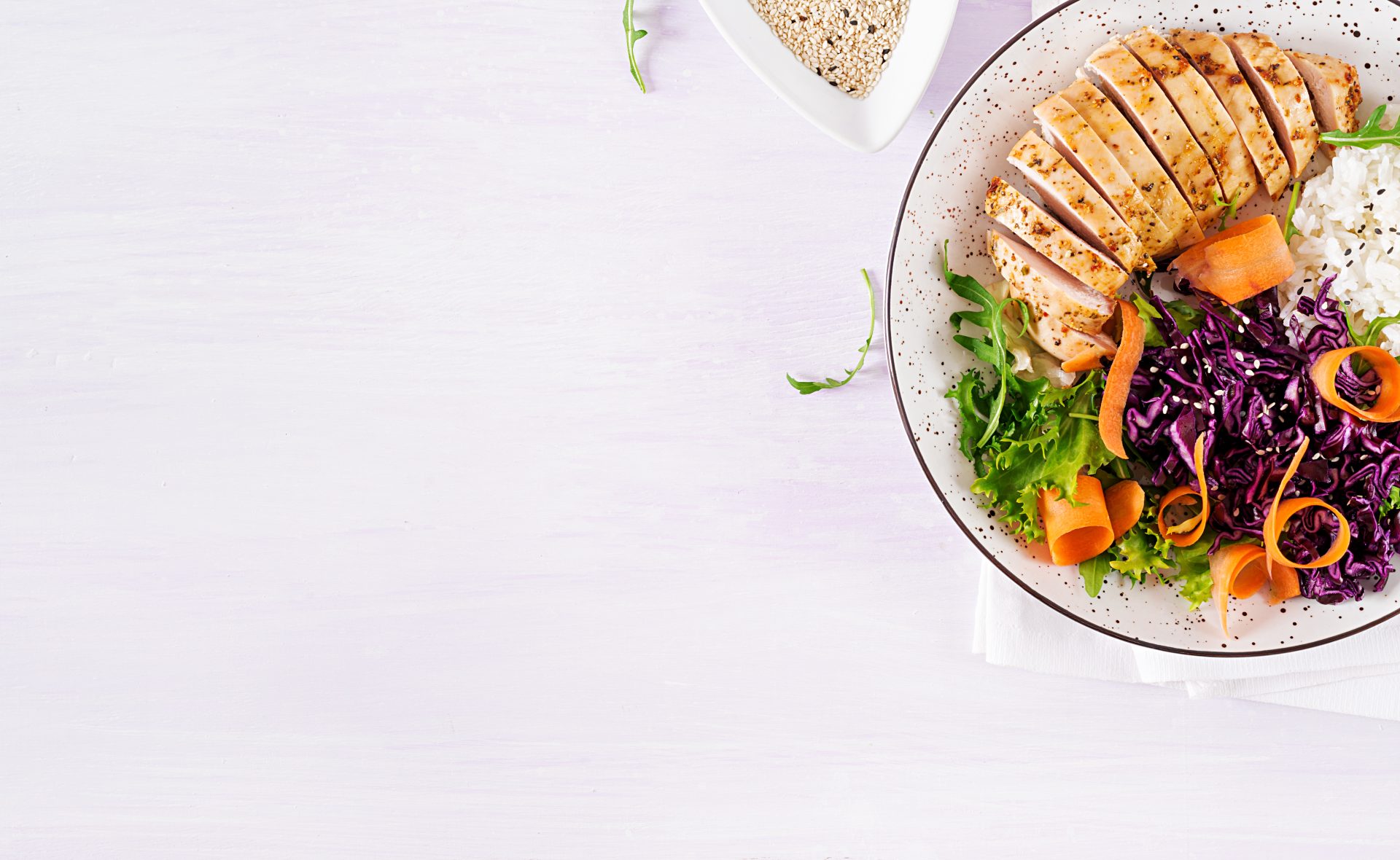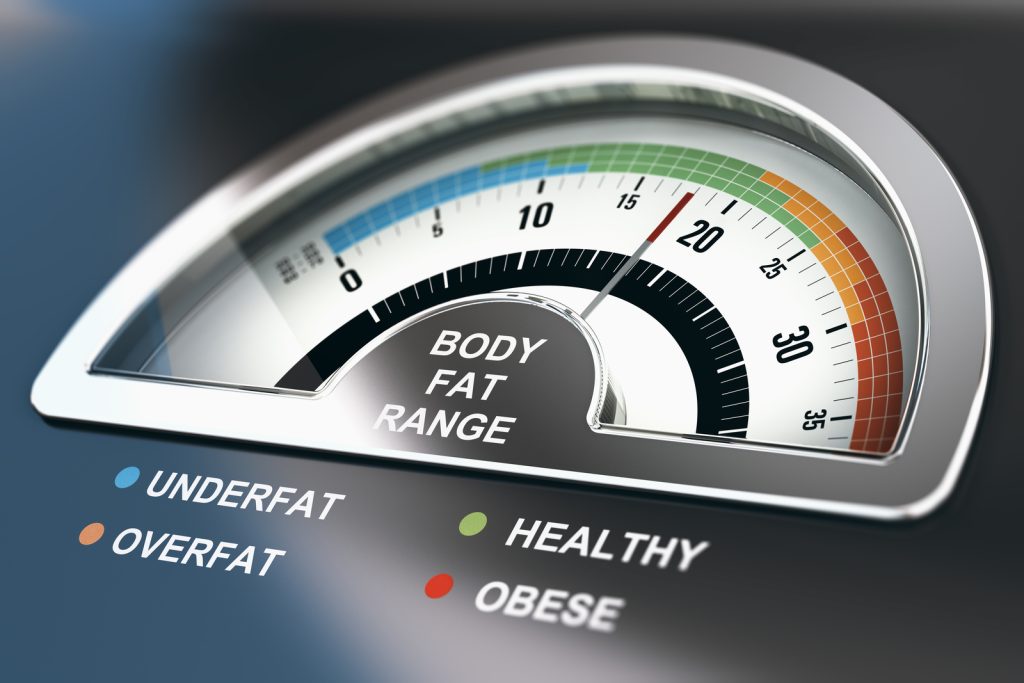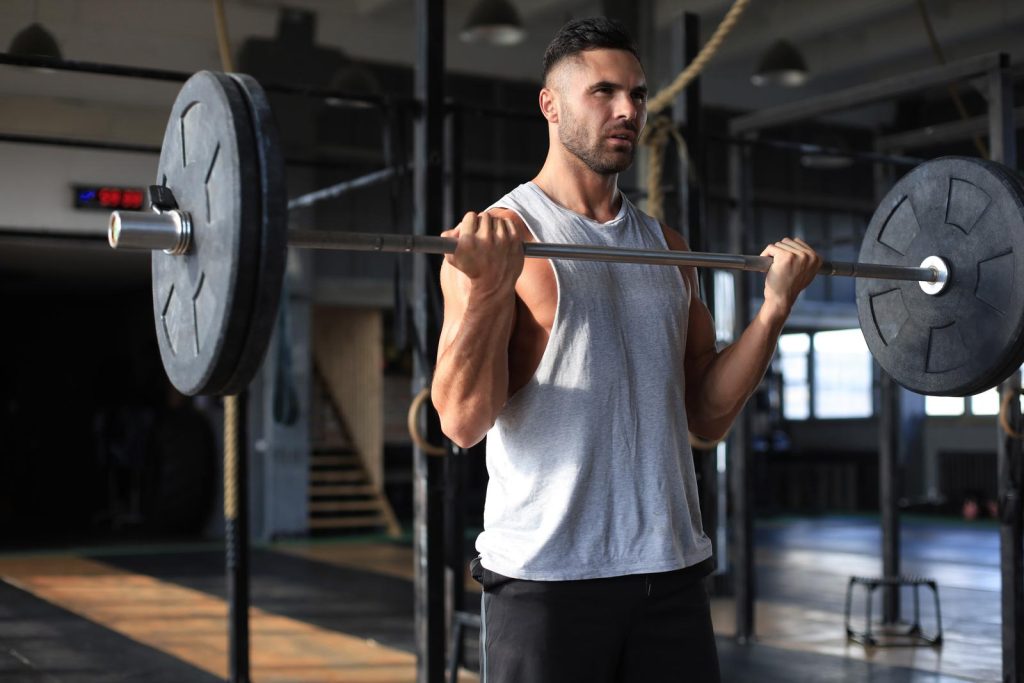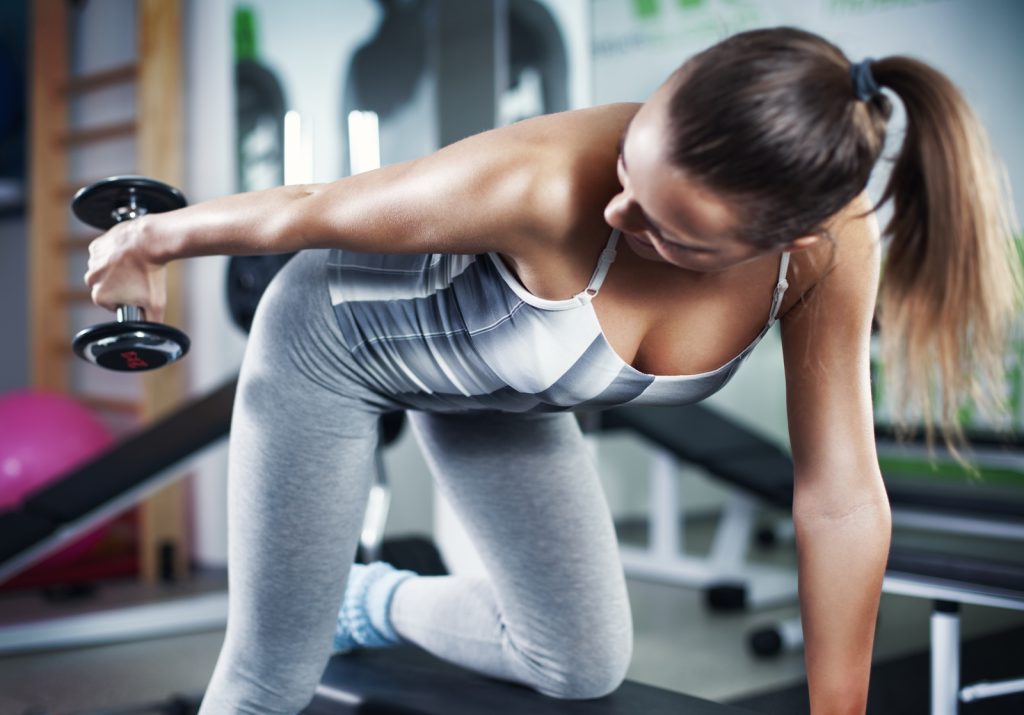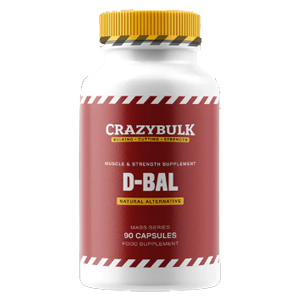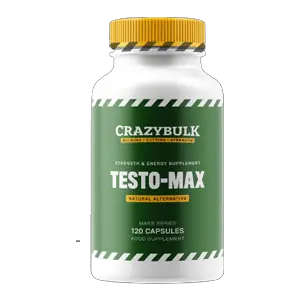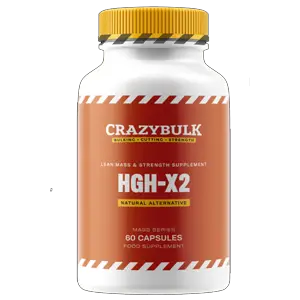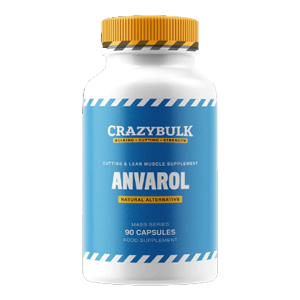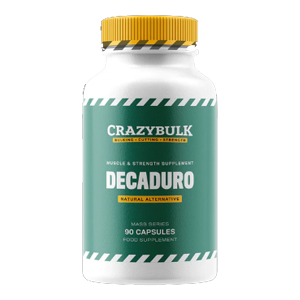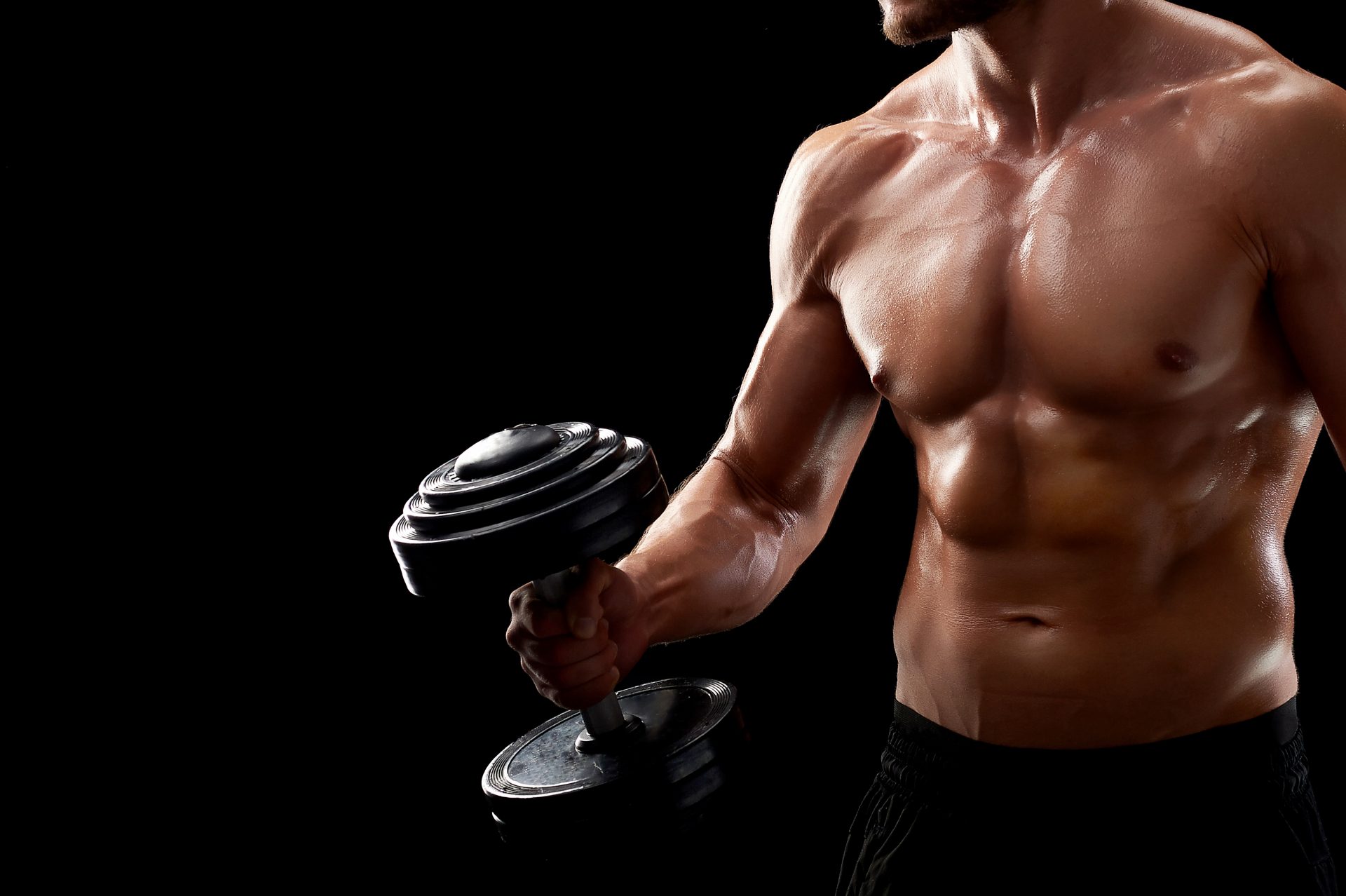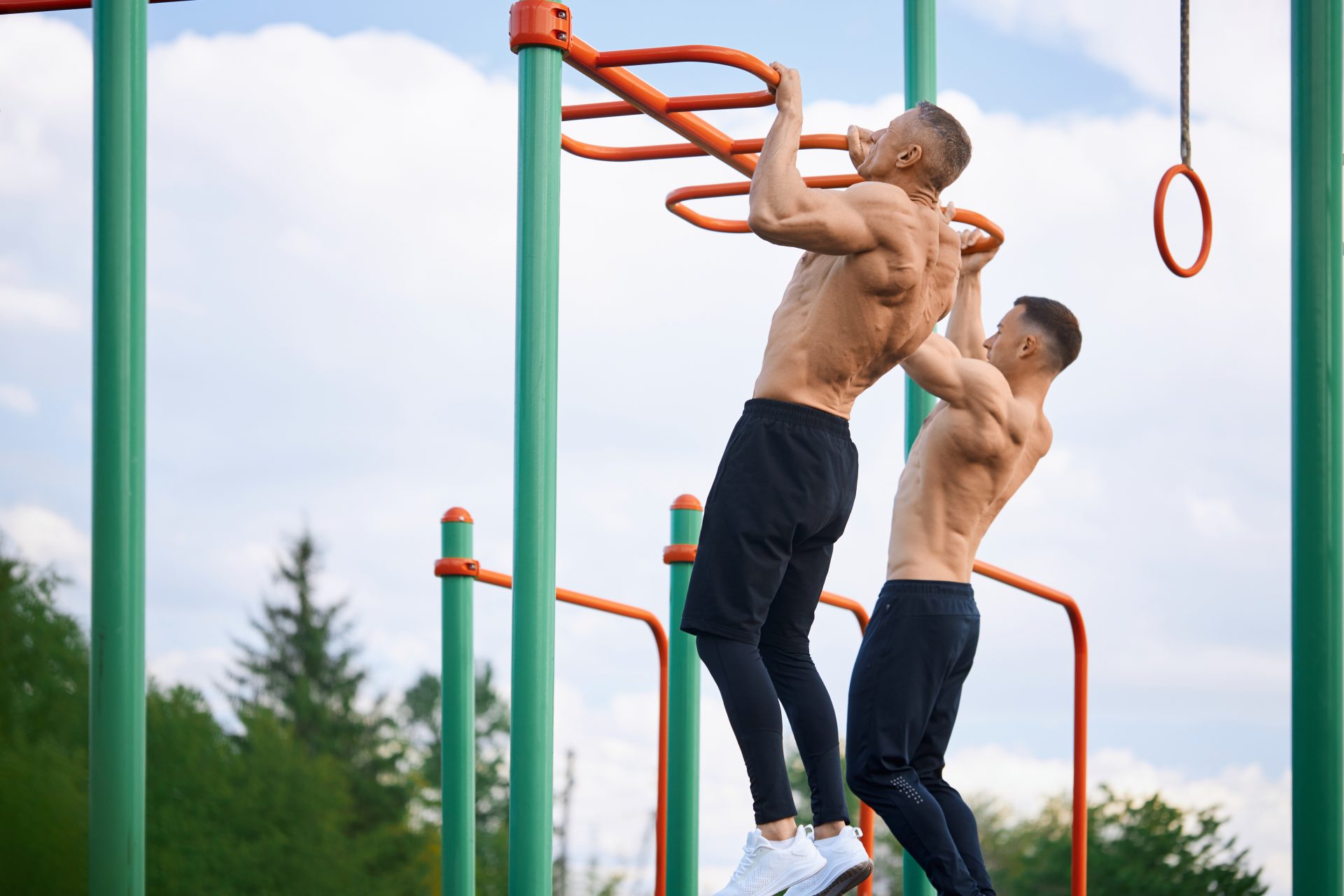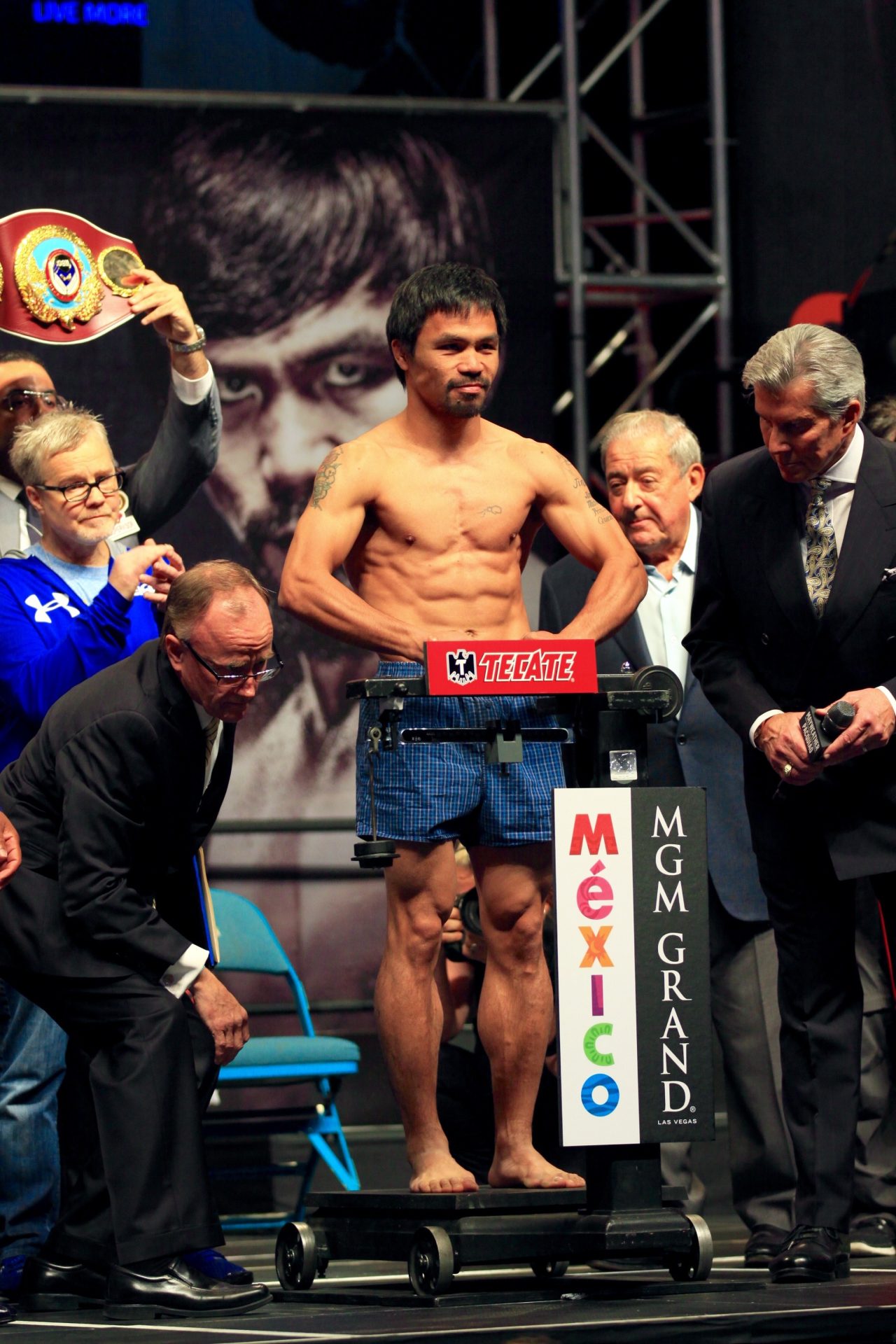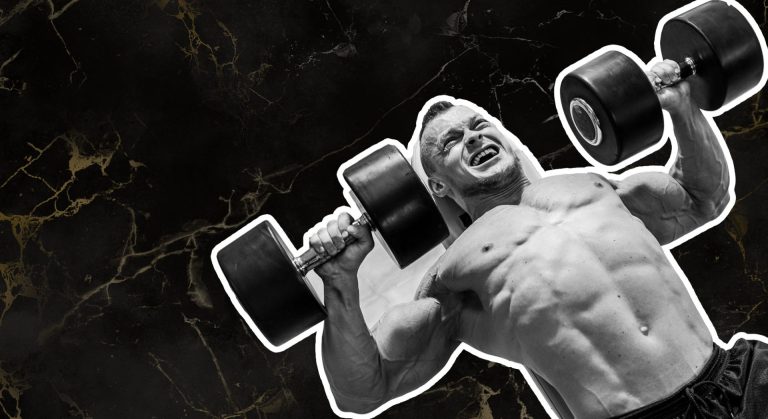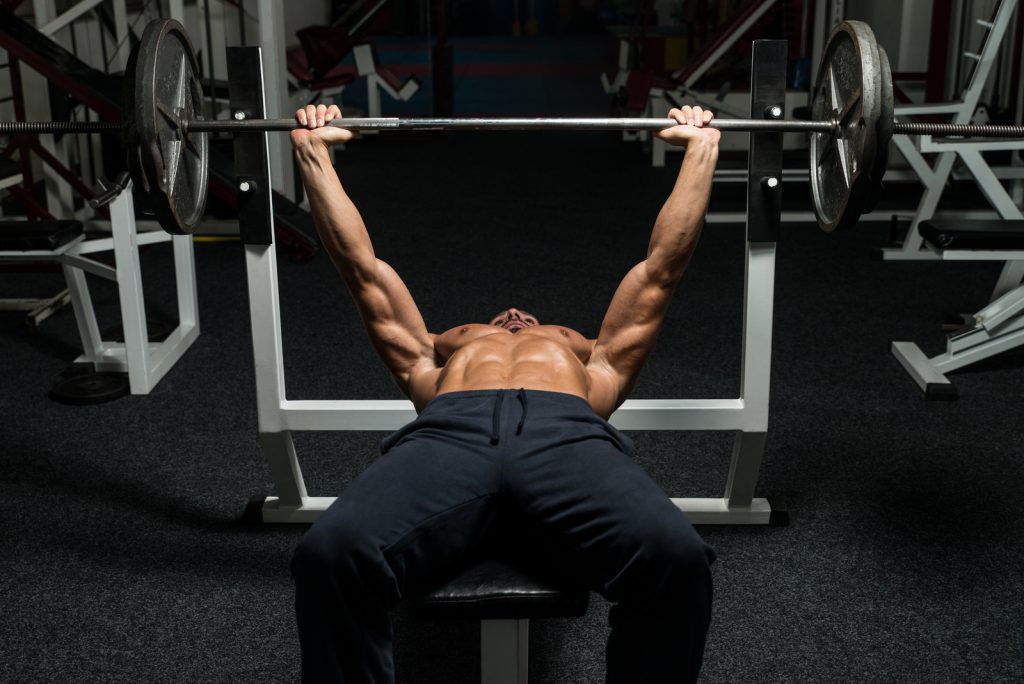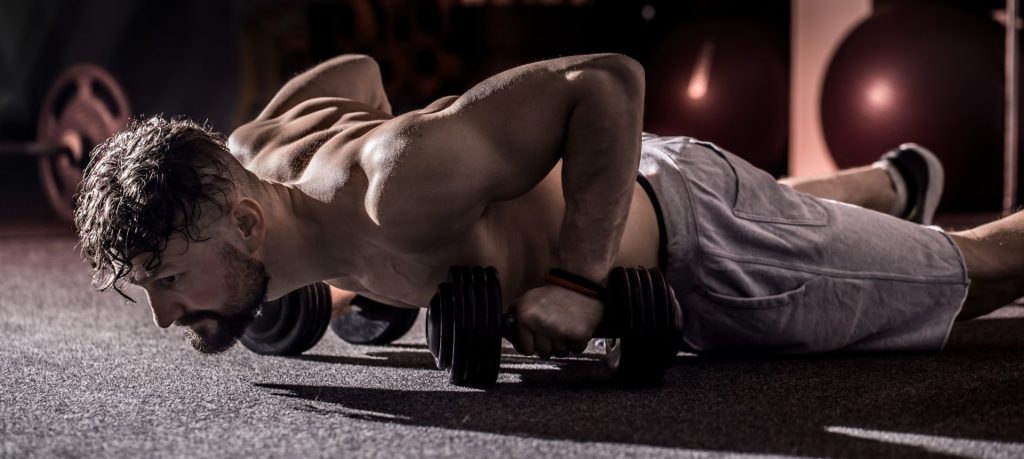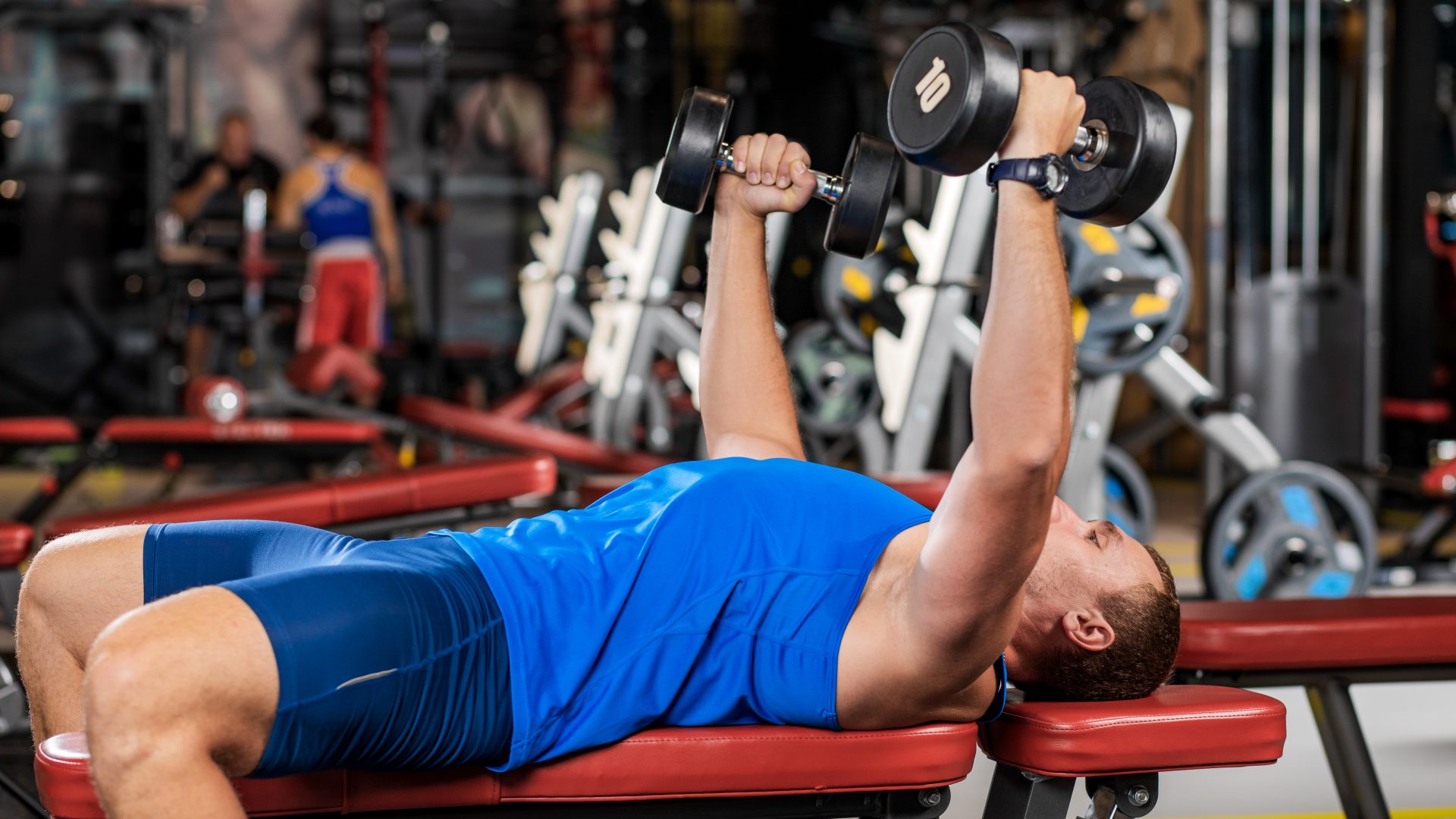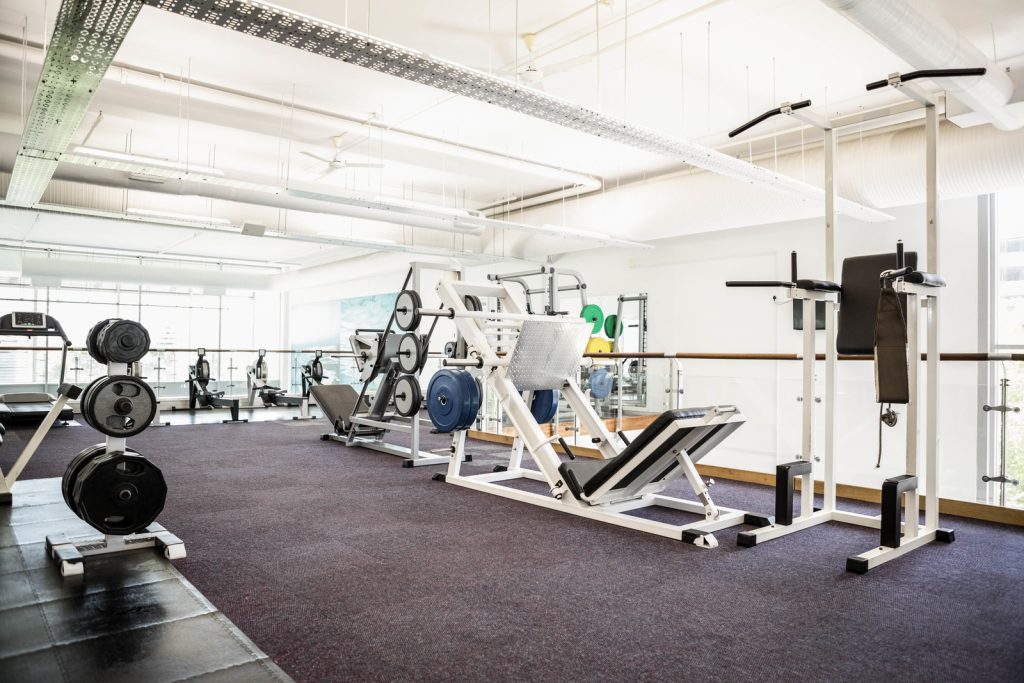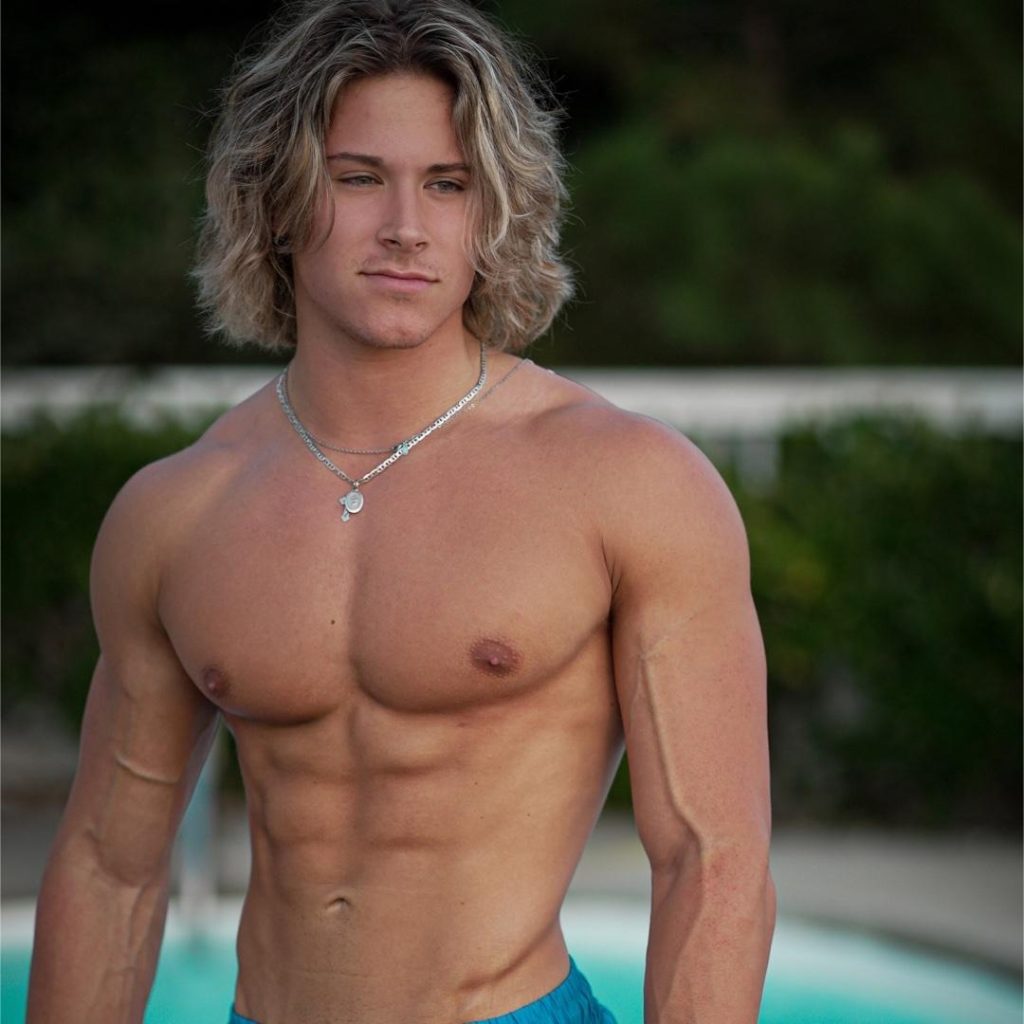Visible abs are a physical marker that many people strive to achieve, but it is important to understand the potential benefits and drawbacks of achieving visible abs. Of course, if done correctly, maintaining visible abs can offer numerous health benefits. This will answer you the question: “how to get visible abs?”.
Read on, you will find out complex guidelines for visible abs.
Contents
- Most Common Fitness Goal
- How to Safely Achieve Visible Abs
- Is it Healthy for a Woman to Maintain Visible Abs?
- Be Healthy, not Blind
- The Potential Health Benefits of Visible Abs
- The Potential Drawbacks of Visible Abs
- Tips for Safely Achieving Visible Abs
- Nutritional Guidelines for Achieving Visible Abs
- Is it Worth it?
- Final Thoughts
Most Common Fitness Goal
Maintaining visible abs is a common fitness goal for many people, and research claims that just a small percent of people have visible abs.
Obtaining abs isn’t just about looking ripped.
It can also provide additional benefits for overall health and wellbeing.
It takes dedication to your workouts and eating habits to achieve this goal, but it can be done with patience and perseverance.
With the proper diet and exercise plan tailored to you, as well as supplementation, reaching this visual goal becomes much easier.
The love handles might still be there, but it will be worth all the hard work once you see those chiseled abs pop out!
How to Safely Achieve Visible Abs
The key to safely achieving visible abs is focusing on overall fitness and health.
An effective way to achieve improved core strength, stability, and overall health is to work on body fat reduction.
Experts suggest that having a body fat percentage under 25% in males and 33% in females reduces the risk of developing heart and cardiovascular diseases, diabetes, and cancer.
Going straight into intense core exercises may lead to injury due to a lack of proper preparation or neglecting other muscle groups.
Building a strong foundation of overall fitness can help prepare your body for ab-specific workouts.
Moreover, trying to engage in physical activities like strength training or cardio workouts can help bring down body fat percentage considerably.
Furthermore, eating balanced meals with moderate portion sizes plays a crucial role in reducing body fat levels and acquiring a better body shape. With discipline and dedication to a healthy lifestyle, achieving major health benefits from lower body fat levels is certainly within reach!
Additionally, incorporating a variety in exercises targeting core muscles is an effective way to prevent boredom while also challenging your body in new ways.
Most importantly, listen to your body and be patient with progress as everyone’s journey toward visible abs will look different.
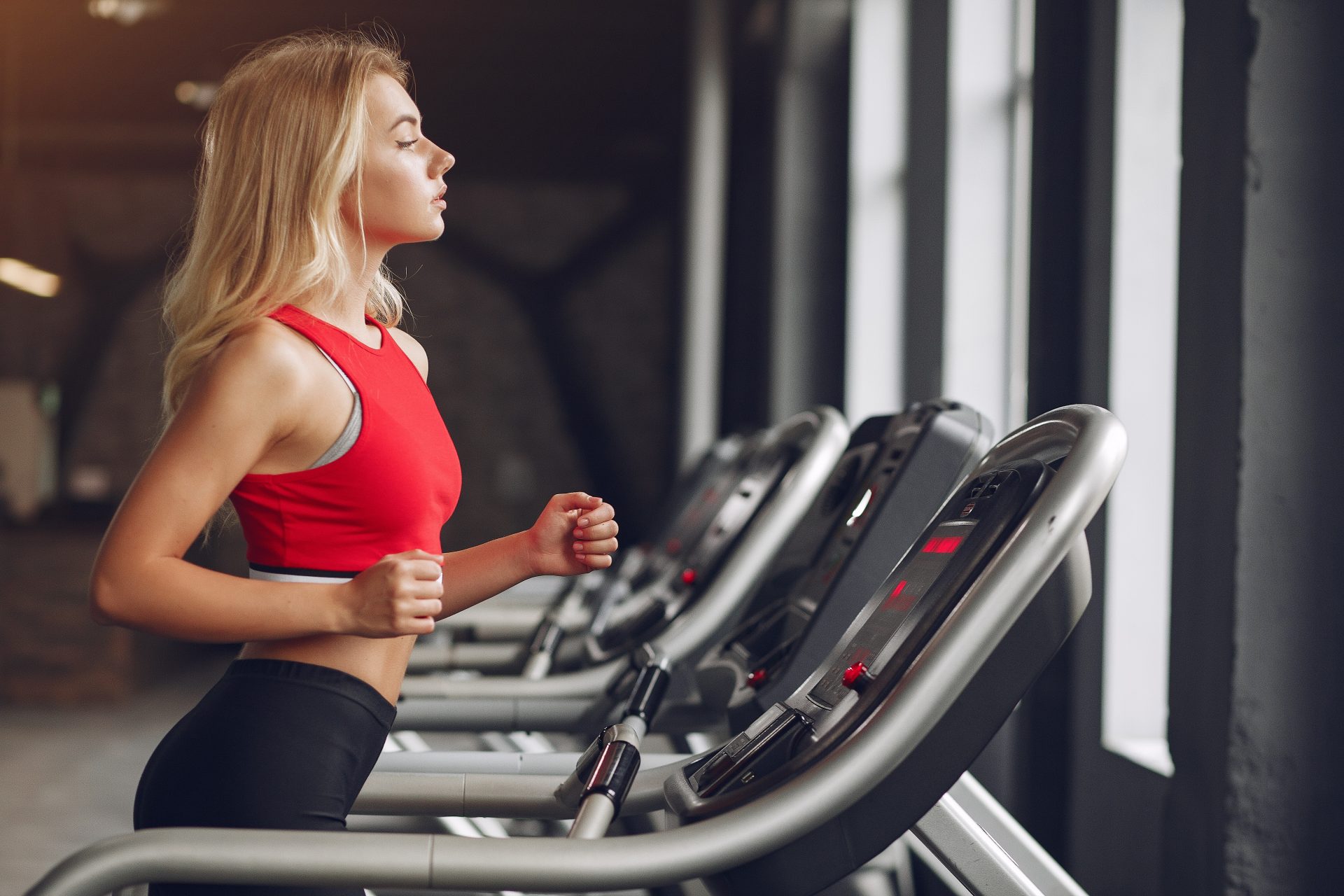
Is it Healthy for a Woman to Maintain Visible Abs?
Maintaining visible abs, or a “six-pack,” is a common fitness goal for many people, including women.
However, some may question whether or not it is actually healthy for a woman to strive for this level of muscle definition.
In this article, we will explore the potential health benefits and drawbacks of maintaining visible abs, as well as provide tips for safely achieving this goal.
Be Healthy, not Blind
Pursuit of visible obliques or “v-lines” through exercise and diet has become an increasingly popular aesthetic goal.
While reaching visible obliques may be an admirable achievement backed by dedication, it has potential drawbacks as well.
Focusing solely on visible obliques can blind us from the importance of other aspects of health such as nutrition and overall fitness.
As a result, people may become fixated on visible abs and develop an unhealthy relationship with food or disordered eating habits (trusted source).
Be careful! Both serious dangers to physical and mental health must be avoided.
The Potential Health Benefits of Visible Abs
The benefits derived from achieving visible abs go beyond just aesthetics.
Having strong abdominal muscles can improve physical performance across all areas such as strength, stability, endurance, and balance.
A strong body also offers mental health benefits due to increased oxygen supply in the brain resulting from physical activity which helps reduce stress levels in addition to improving cognitive functioning.
Also, having a low body fat percentage associated with having defined abdominal muscles can reduce one’s risk of:
- heart disease
- diabetes
- certain types of cancer due to reduced fat deposits around organs & tissues throughout one’s body which helps improve overall health & wellness!
But the best potential benefit of maintaining visible abs is improved core strength and stability.
The rectus abdominis muscle commonly referred to as the “six-pack muscle,” is responsible for flexing the spine and helping to stabilize the trunk.
By strengthening this muscle, individuals may experience improved posture and a reduced risk of back pain.
Additionally, having visible abs may indicate a low body fat percentage, which can have various health benefits.
According to the American Council on Exercise, having a low body fat percentage is associated with a lower risk of heart disease, diabetes, and certain types of cancer.
The Potential Drawbacks of Visible Abs
While there are potential benefits to maintaining visible abs, it is important to consider the potential drawbacks as well.
One concern is that women may become overly fixated on achieving this specific aesthetic goal and neglect other important aspects of their health, such as proper nutrition and overall fitness.
Additionally, achieving visible abs often requires a very low body fat percentage, which can be difficult to maintain and may lead to disordered eating or an unhealthy relationship with food.
Tips for Safely Achieving Visible Abs
If you are interested in achieving visible abs, it is important to do so in a safe and healthy manner.
Here are a few tips to keep in mind:
1. Prioritize overall fitness and health
Rather than focusing solely on achieving visible abs, focus on overall fitness and health. It includes maintaining a balanced diet, engaging in regular physical activity, and getting enough sleep.

2. Incorporate a variety of exercises
To strengthen the rectus abdominis muscle, it is important to incorporate a variety of exercises that target this muscle.
This way includes exercises such as crunches, sit-ups, and leg raises, but also exercises that target the other muscles of the core such as planks, back extension, and side bridge.
3. Be patient
Achieving visible abs takes time and dedication. It is important to be patient and consistent in your efforts.
4. Listen to your body
Always listen to your body and never push yourself beyond your limits.
If you experience any kind of pain or discomfort, take a break and consult a healthcare professional if necessary.
Nutritional Guidelines for Achieving Visible Abs
Nutrition plays an essential role in maintaining visible abs. Eating a balanced diet including lean protein, complex carbs, and healthy fats is essential for any fitness goal and should be prioritized when striving for abdominal definition.
Refined sugars and processed foods should be avoided as much as possible since these can lead to inflammation and bloating which mask the appearance of abdominal muscles underneath the skin.
It is also best practice to rely on natural sources of calories from whole foods rather than supplements since this provides additional vitamins and minerals that cannot be replicated by supplementation alone.
Healthier Way
Revealing healthier abs is a difficult process to master, it requires dedicating time and effort.
Achieving visible abs should be a byproduct of healthier overall fitness and health habits which will improve a person’s well-being on top of creating great aesthetics.
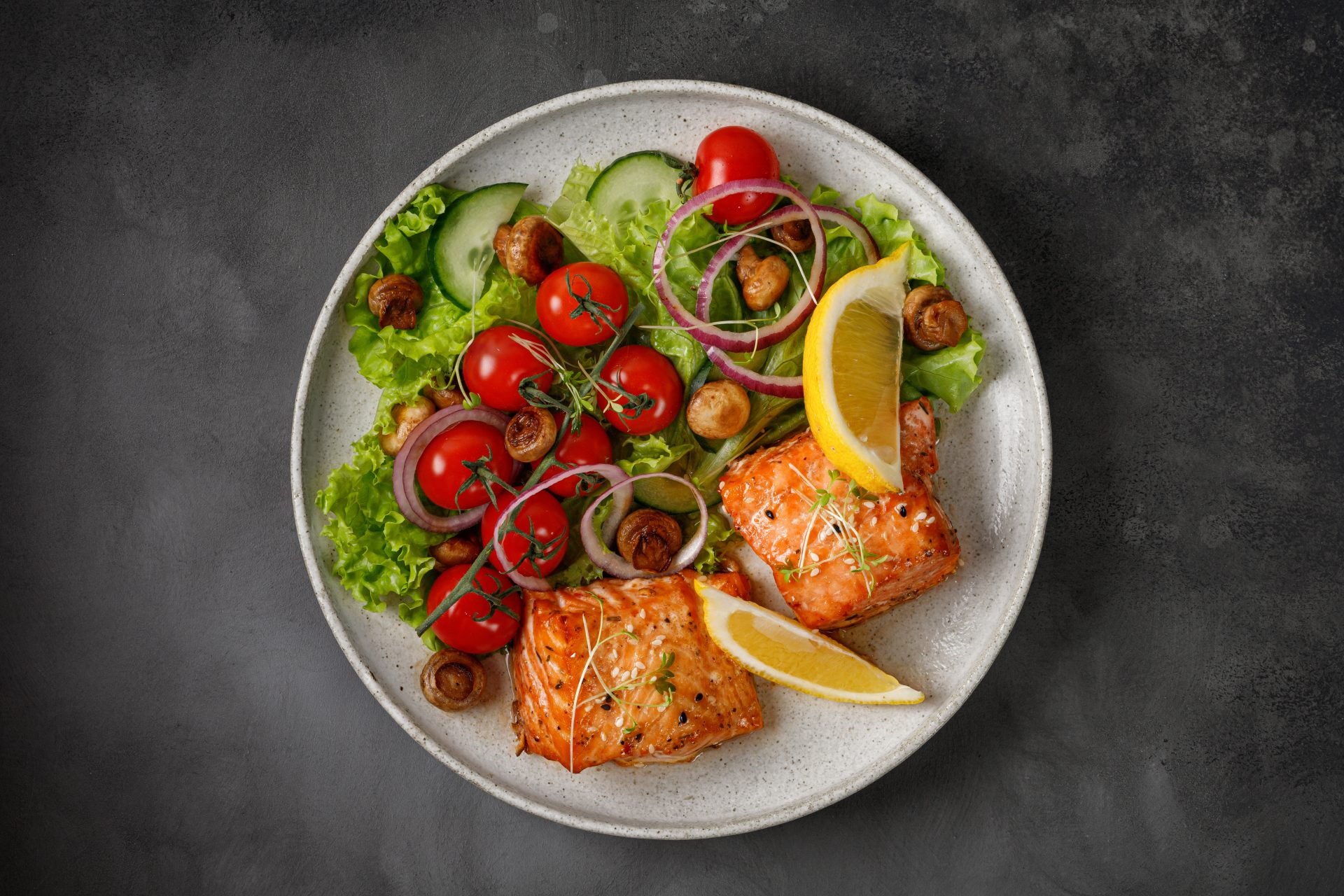
To begin, nutrition and sleep habits should be prioritized by having balanced meals and enough restful sleep.
Physical activity, such as high-intensity interval training (HIIT), can be incorporated next with exercises that target the rectus abdominis muscle (e.g., crunches/sit-ups/leg raises/planks) as well as other core muscles are effective ways of shedding the extra weight.
Last But Not Least – Patience is Key
Listen to one’s own body when exercising and progress will come eventually assuming all other areas of health have been addressed prior.
When combined, these tips for healthier slightly visible muscles can help anyone realize their physique goals more healthily.
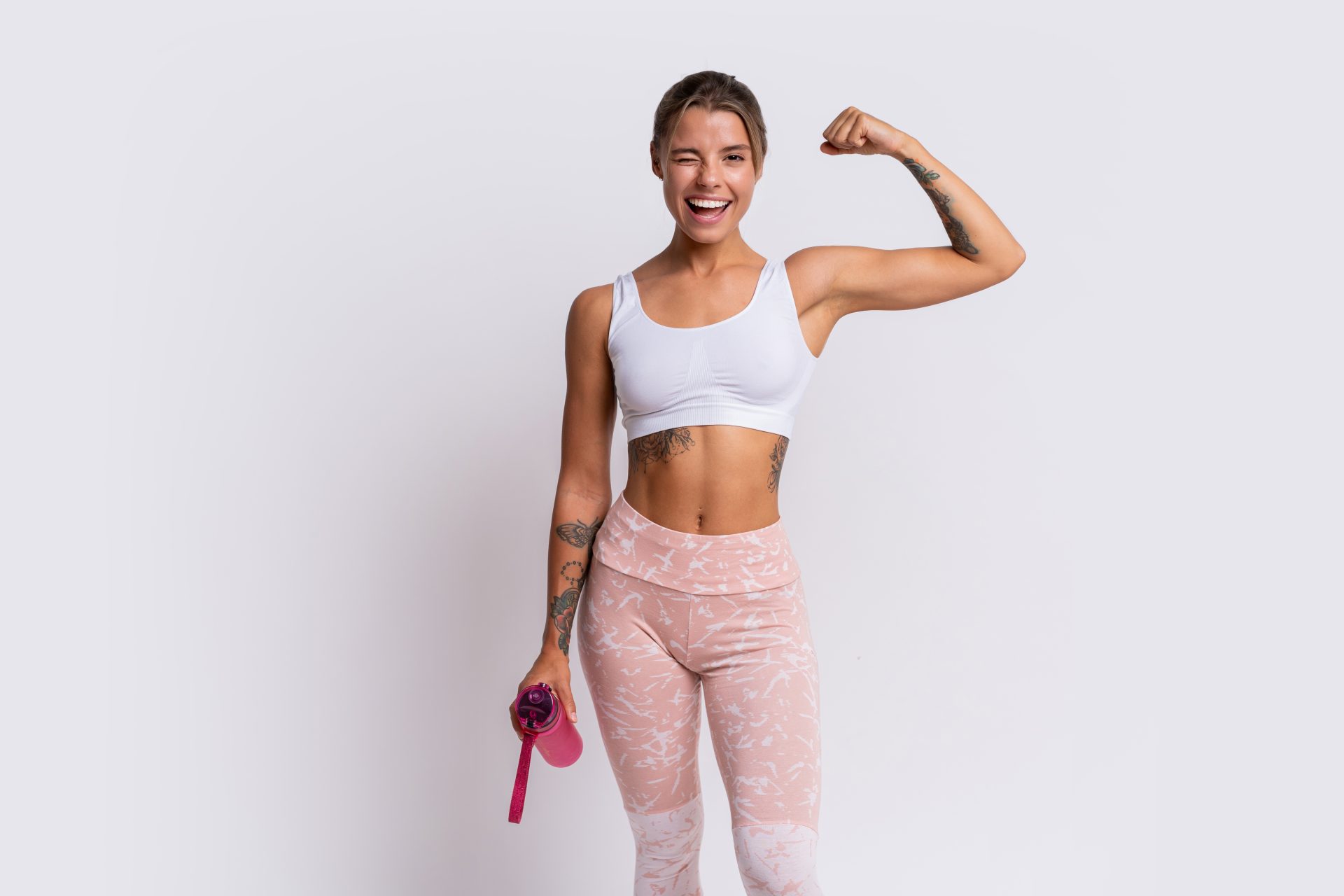
Is it Worth it?
In conclusion, while there are potential health benefits to maintaining visible core, it is important to consider the potential drawbacks and approach this goal safely and healthily.
Maintaining visible muscles takes dedication & consistency when it comes to exercise & nutrition habits long term.
However, this can result in improved physical performance & mental well-being along with reducing risks associated with chronic diseases which makes the effort worth it!
This process must be done safely by prioritizing overall fitness & health before targeting specific muscle groups like abdominals along with following nutritional guidelines that prioritize whole nutrient-dense foods over processed junk food or supplements!
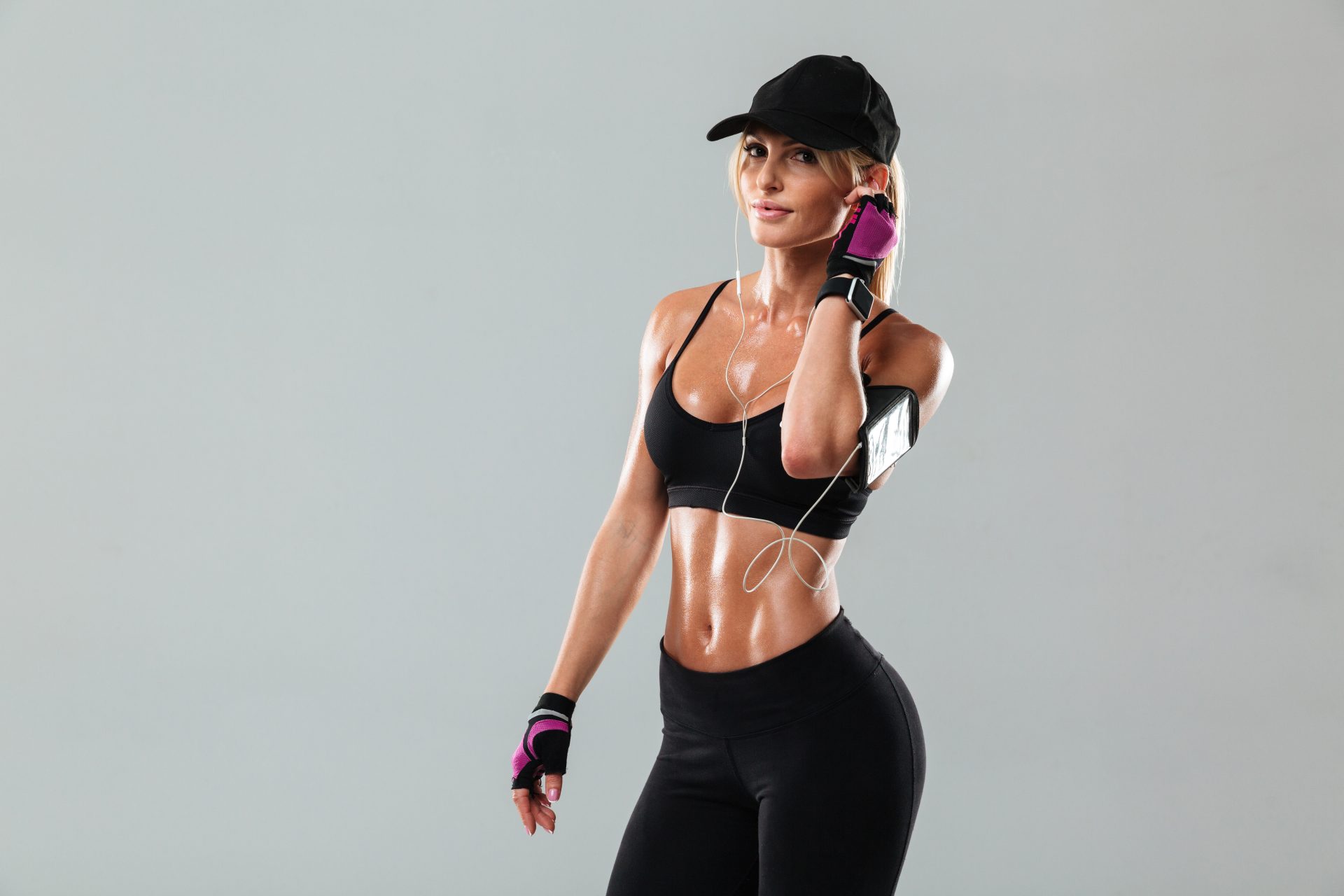
Final Thoughts
These tips should help you learn how you too can start working towards achieving visible core muscles today!
By prioritizing overall fitness and health, incorporating various exercises, being patient, and listening to your body, you can safely work towards achieving visible abs.



